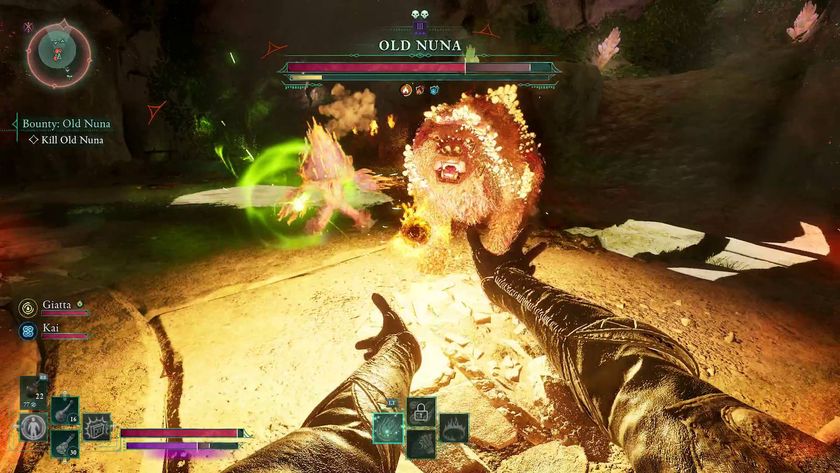It takes two: Why doppelgänger movies are making a comeback
From Edgar Allen Poe to Jordan Peele, storytellers can't get enough of a good doppelgänger drama
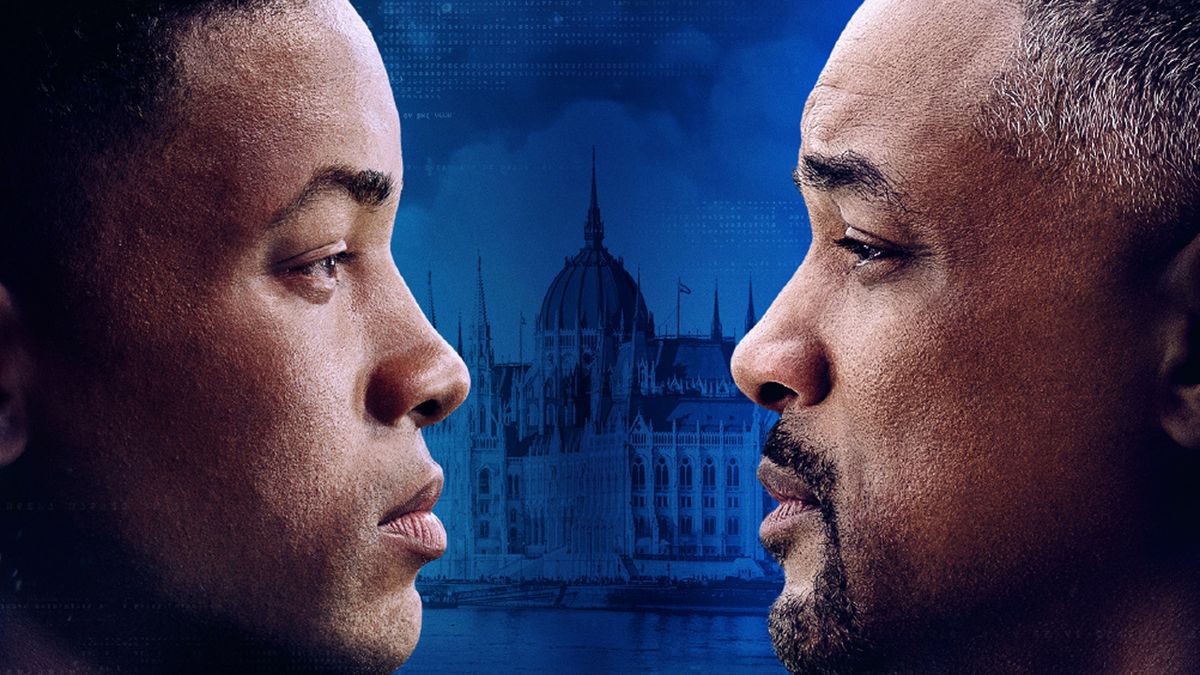
Of all the strange things to have happened in 2019, Netflix invoking Jung's theory of Dual Consciousness by way of Paul Rudd has to be up there with the weirdest. If that sentence has you questioning your sanity, allow me to clarify (or maybe further complicate) things by quoting an excerpt from 19th century classic Dr Jekyll and Mr Hyde.
In an early chapter of Robert Louis Steveson's famed Gothic novel, Jekyll writes about the revelation of discovering his own alter ego: "With every day, and from both sides of my intelligence, the moral and the intellectual, I thus drew steadily nearer to the truth [...] that man is not truly one, but truly two."
That quote neatly surmises one of Jung’s major teachings about the nature of mankind: that there are two sides to every person, the “Collective Consciousness” (primordial thoughts every human has) and the “Personal Consciousness” (individual thoughts and feelings). Sigmund Freud, who initially saw Jung as a prodigy, shared a similar view, often using Jekyll and Hyde as an example of one man living with two clashing consciousnesses, manifesting itself in two personalities.
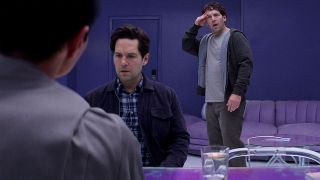
So, what's all this got to do with that guy from Anchorman? As it happens, Rudd's new Netflix series Living with Yourself centres on a family man faced with a very specific type of identity crisis, when a superior version of himself steals his life from in front of him – moving into his house, sleeping with his wife, and taking over his job.
The premise draws from the exact same well of psychological ideas as Stevenson's seminal work (albeit in a more lighthearted flavour), with even the trailer featuring Rudd’s characters arguing over which of them is Dr Jekyl and Mr Hyde. The movie externalises Jung’s teachings about the duality of man, quite literally in the form of two very different Paul Rudds facing off.
Rudd's dark comedy isn't the only 2019 tale to feature an actor taking themselves on, either. Ang Lee's Gemini Man, in which Will Smith goes toe to toe against his younger clone, reaches cinemas in the same month, while, earlier this year, Jordan Peele's Us leaned heavily into the horror of a family beset by their own doppelgängers.
Even the world’s biggest blockbuster, Avengers: Endgame, invested several minutes of its three hour runtime into having Chris Evans’ Captain America literally wrestle with himself, even going so far as to comment on the patriotic beauty of his counterpart's own rear end. So what is it that makes the doppelgänger such a timeless storytelling trope, and an idea that filmmakers keep returning to again and again?
Sign up to the SFX Newsletter
Get sneak previews, exclusive competitions and details of special events each month!
Attack of the clones
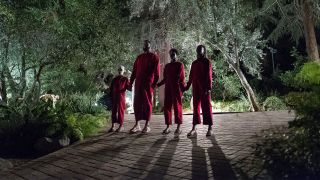
The doppelgänger is a high concept idea that has popped up in cinema time and time again, from 2013's double bill of Enemy and The Double, to 2009's Moon, all the way back to the likes of Vertigo and The Man with My Face. Further still, we can travel back thousands of years to find doppelgänger tales in the mythologies of Medieval Europe, Ancient Greece, and Native America.
The word "doppelgänger" originates from German to literally mean "double goer", and while their manifestation varies across history and culture, they're almost always portrayed in a negative light. One of the earliest examples dates back to Ancient Egypt, and the concept of the "Ka" – a person's spiritual double who can live on beyond their physical host’s death (hence the value placed on corpse preservation).
Nordic mythology, meanwhile, had the Vardøger – trickster spirits who were so skilled in impersonation, they were able to predict and perform someone's actions before the poor victim had even considered them. Scarier still, Scottish folklore terrified families of the Orkney Islands with stories of the Trow – a species of malignant fairies who would enter people's homes and replace human babies with their own, allowing them to grow up as aberrant clones of the kidnapped child.
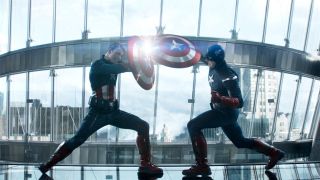
Coming face to face with ourselves, then, has been a concept that has concerned humans for millennia, and it all comes down to our uniquely narcissistic psychological makeup. A doppelgänger threatens that most prized possession of the human species: our ego, the part of our brain which provides our sense of self, worth, and ultimately frames the conscious and subconscious parts of reality, and how we perceive it. When that's compromised by the existence of another, our entire world begins to crumble, and here is where the subject becomes so ripe for horror and darker strains of comedy.
Whether it's Naomi Watts losing her mind in Mulholland Drive, or Bart fighting off his evil twin in The Simpsons, storytellers often present our doppelgängers in the style of a home invasion, in which our identity and dignity as human beings are violated. Very rarely do these stories end in the pair agreeing to peacefully live in co-existence, and – more often than not – it's the doppelgänger who ends up winning, meaning fatal consequences for their original counterpart.
Of course, even though science tells us it's likely that our real life doppelgänger is out there somewhere, the likelihood that we'll ever encounter them (or, worse, come to blows with them), is fanciful at best. Nevertheless, the hypotheticals percolating around that scenario are still terrifying, forcing us to consider both the idea that we're not so unique or special after all, and that there may be a darker side to our own psyche that we're not even aware of.
Mirror, Mirror

On a surface level basis, it's also quite entertaining (and often funny) to see two versions of the same actor in a single shot, and more recent twin tales have allowed Hollywood to show off its latest cutting edge technology to make that bizarre scenario look completely believable. For Gemini Man, director Ang Lee and world-leading SFX studio Weta scanned Smith to download his physical makeup into data form and used it to create his digital clone in breathtaking detail. Junior, as he's known, could then be animated and choreographed in real time without the need for Smith to perform every action for both characters.
These advancements in simulant tech are almost as impressive as the real life breakthroughs in genetic cloning, and suggest we're not too far from a future where an actor's likeness can be "licensed off" for films to create a completely lifelike carbon copy, earning major royalties for the latest blockbuster without ever turning up to set. Ironically, that could open up the door to the exact kind of identity theft that so many doppelgänger stories have warned us about.
Indeed, as issues around data surveillance, deepfake technology, and population growth continue to swell, the identity politics bubbling beneath the surface of every doppelgänger tale, horror or otherwise, are only going to rise in relevance this century. It's likely that we'll be seeing double for quite some time – fingers crossed our other halves aren’t as gruesome as Mr Hyde.
Check out the big upcoming movies of 2019 and beyond still on the way, or watch our Release Radar below for a guide to everything else out this week.
I'm GamesRadar's Features Writer, which makes me responsible for gracing the internet with as many of my words as possible, including reviews, previews, interviews, and more. Lucky internet!
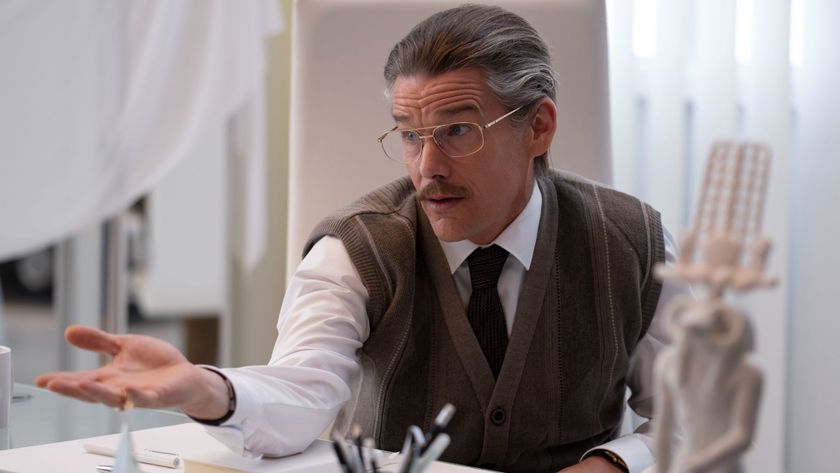
Ethan Hawke responds to daughter Maya's claims about producers casting actors based on their number of social media followers: "This is crazy"
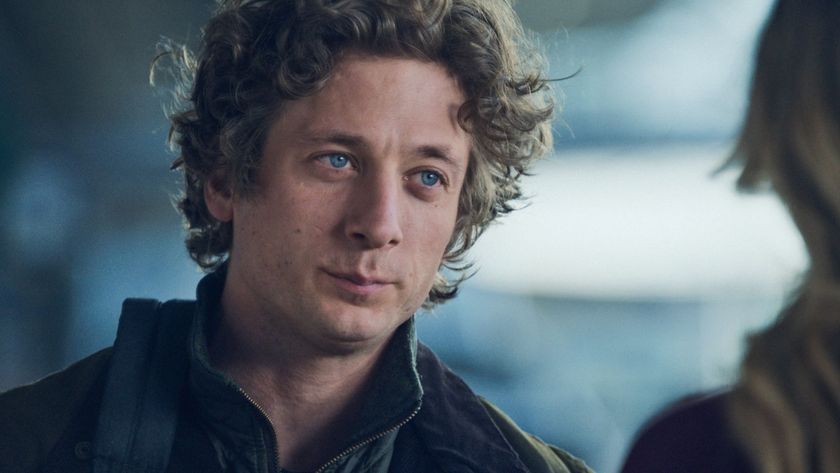
As Daniel Craig drops out of DC's Sgt. Rock movie, The Bear's Jeremy Allen White is reportedly stepping in – and fans think it's an upgrade
Most Popular






